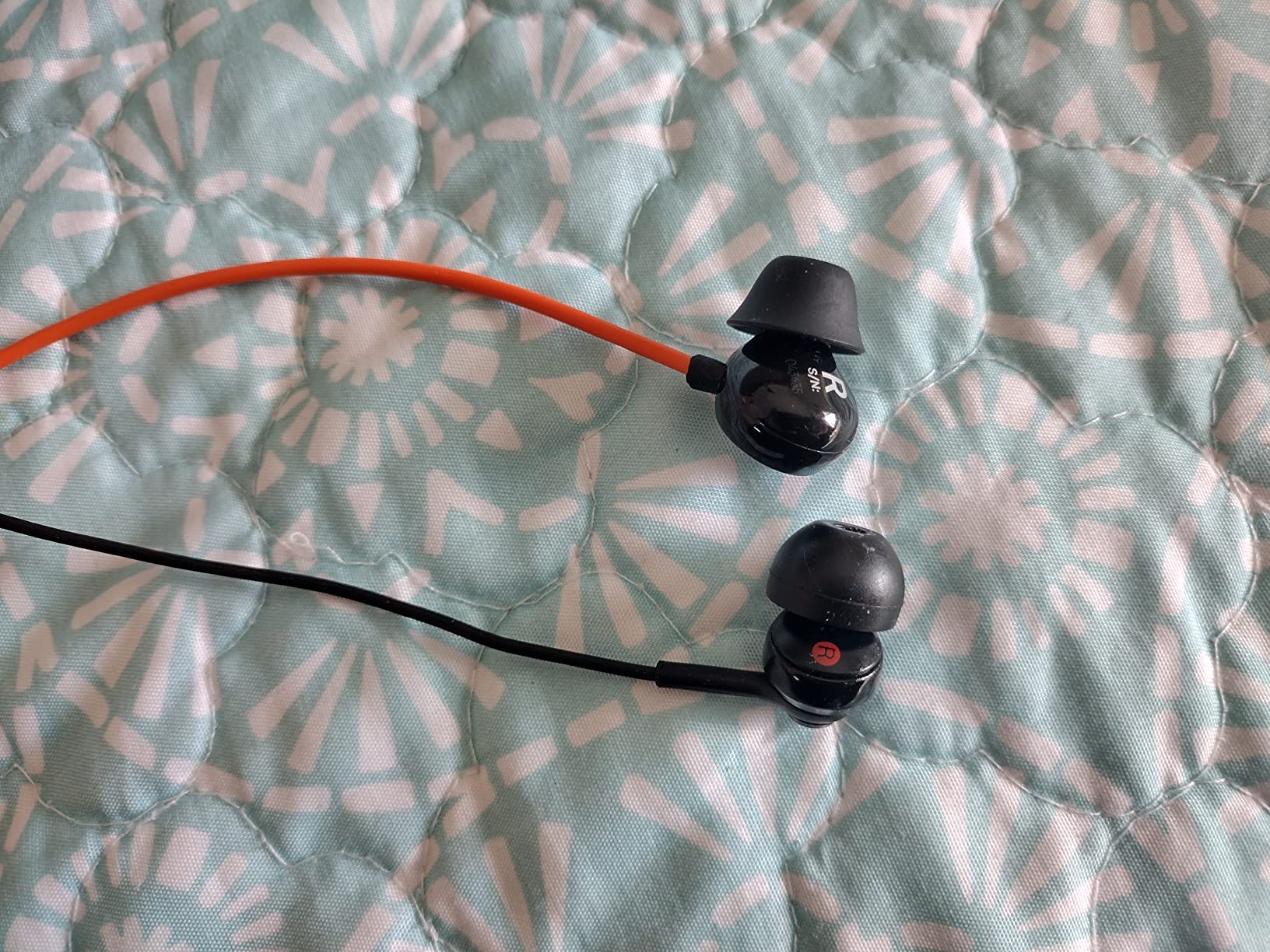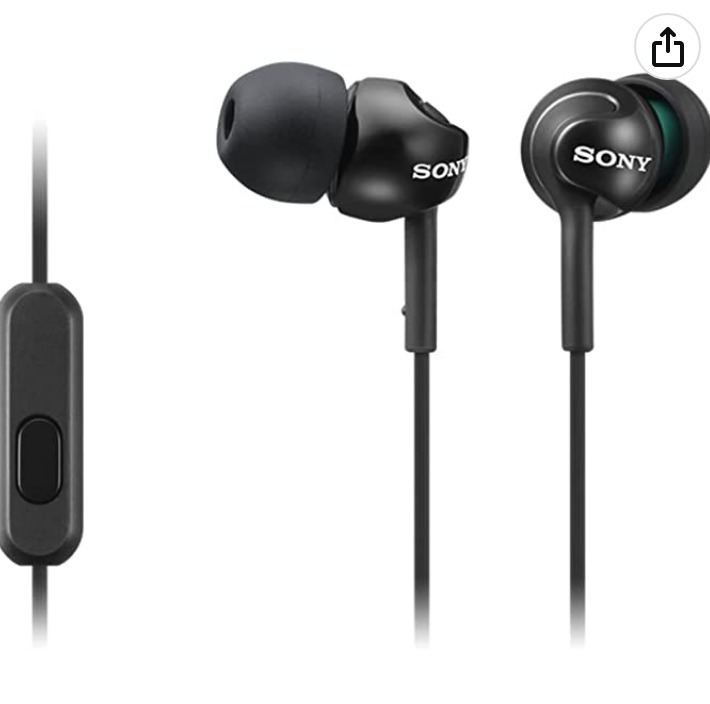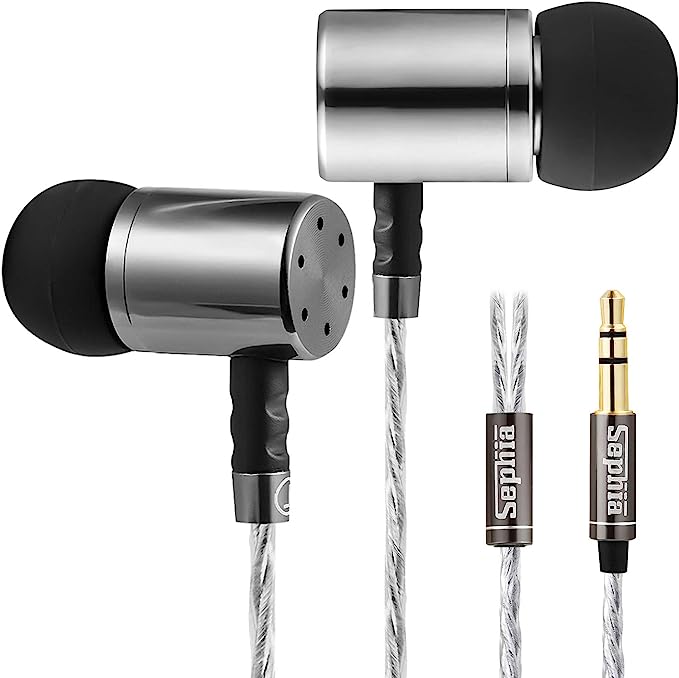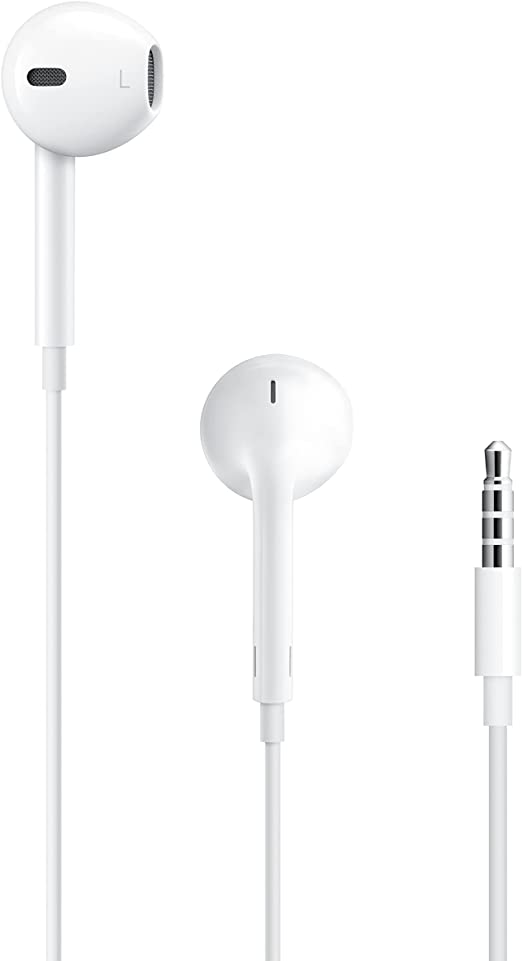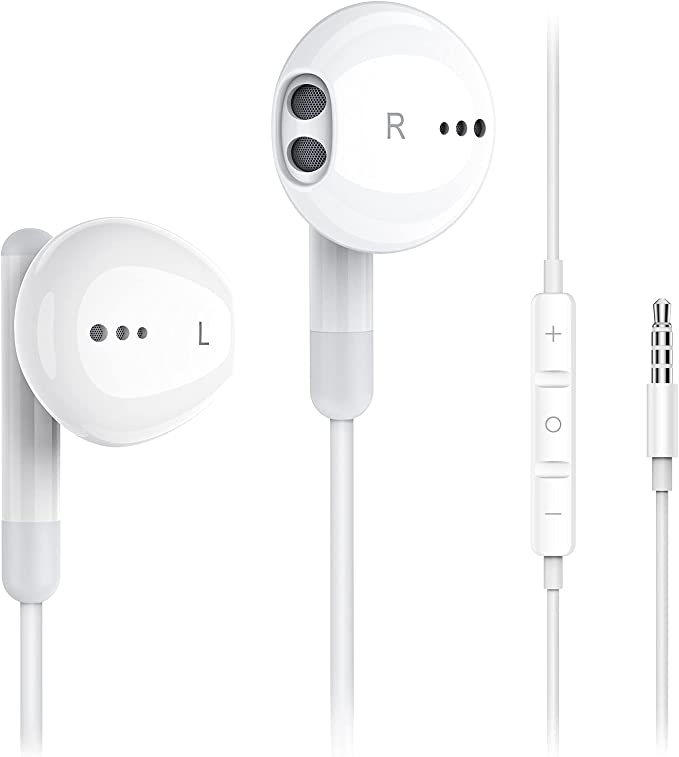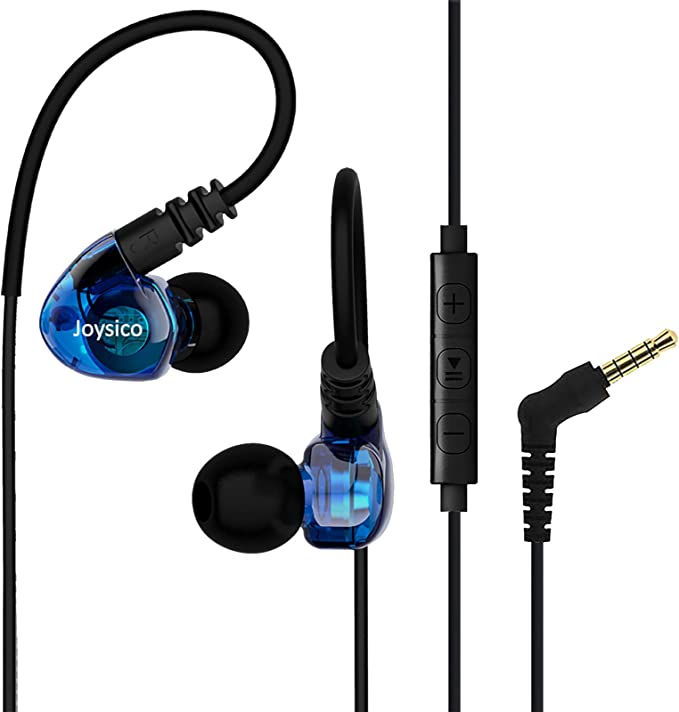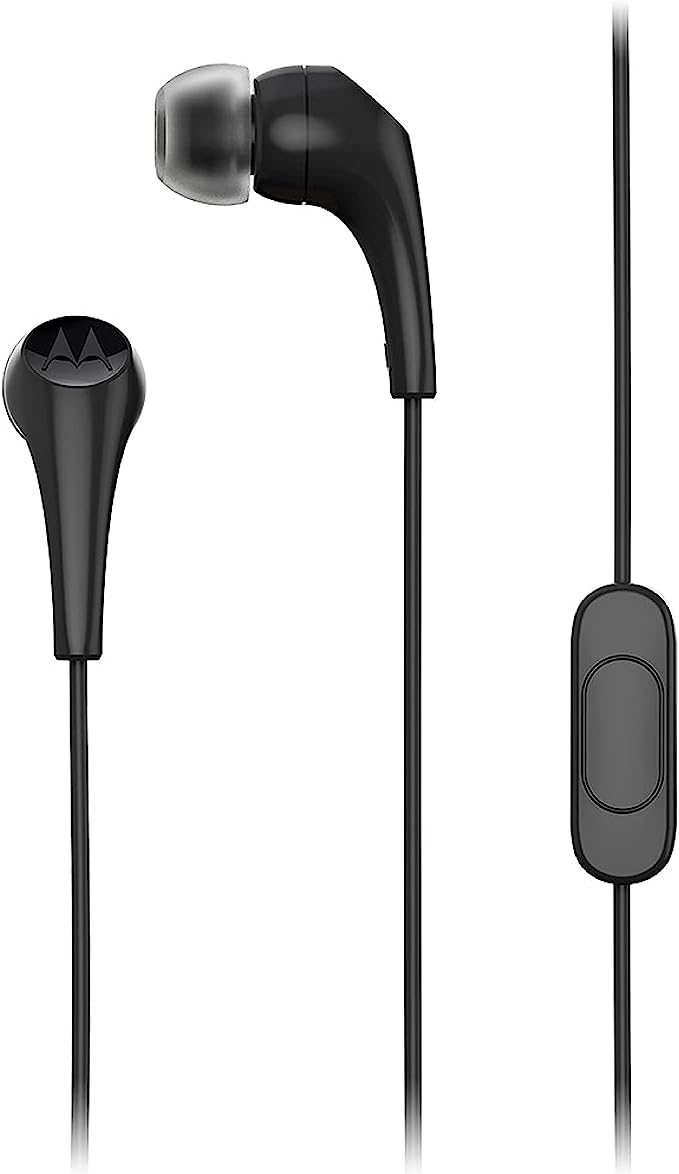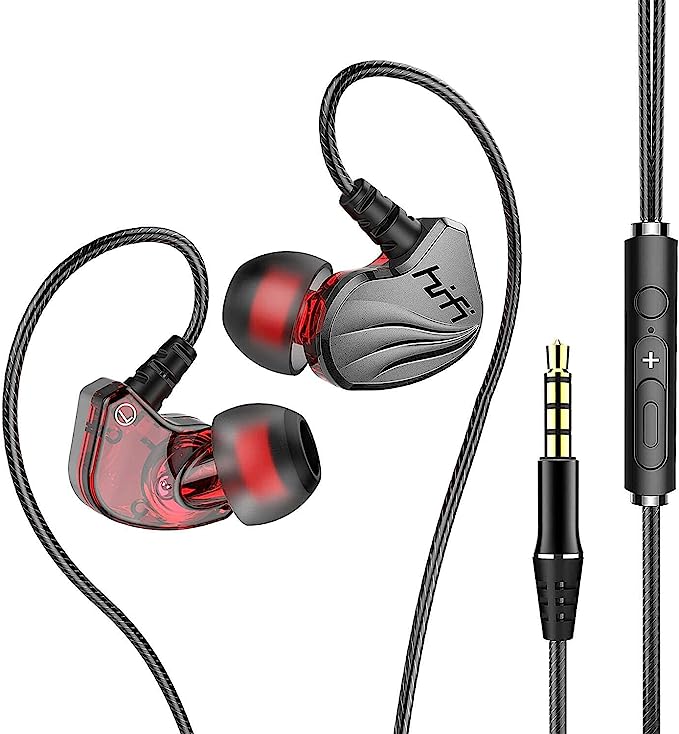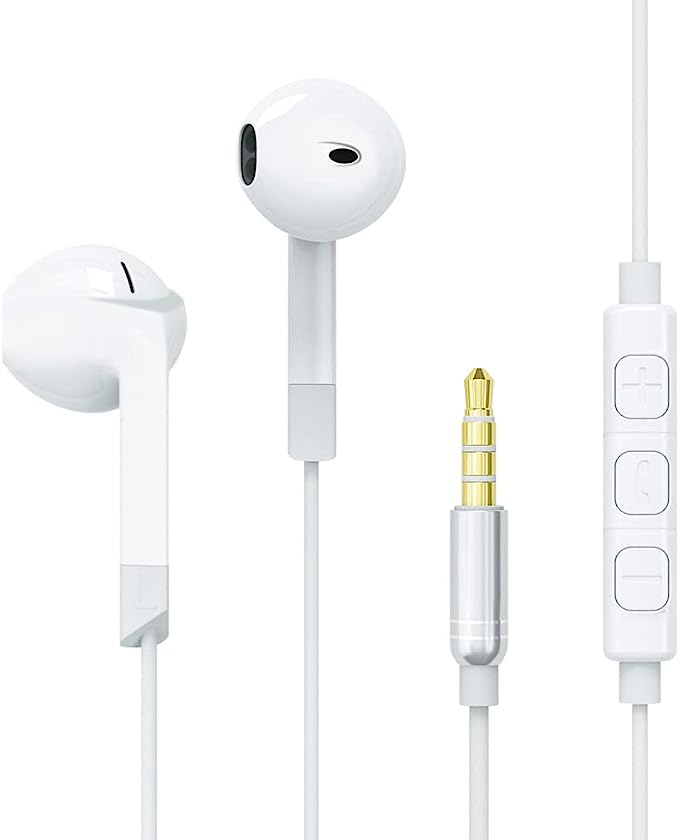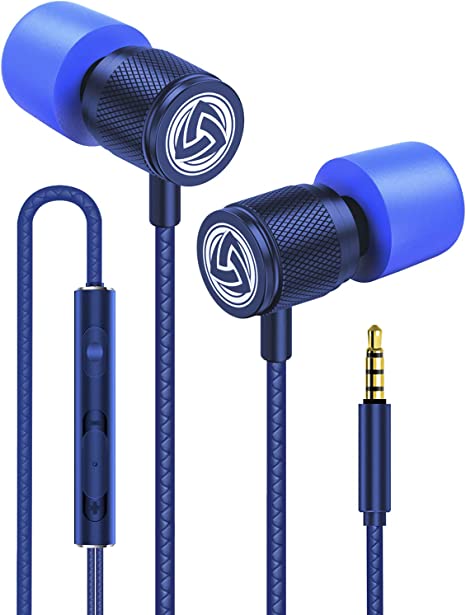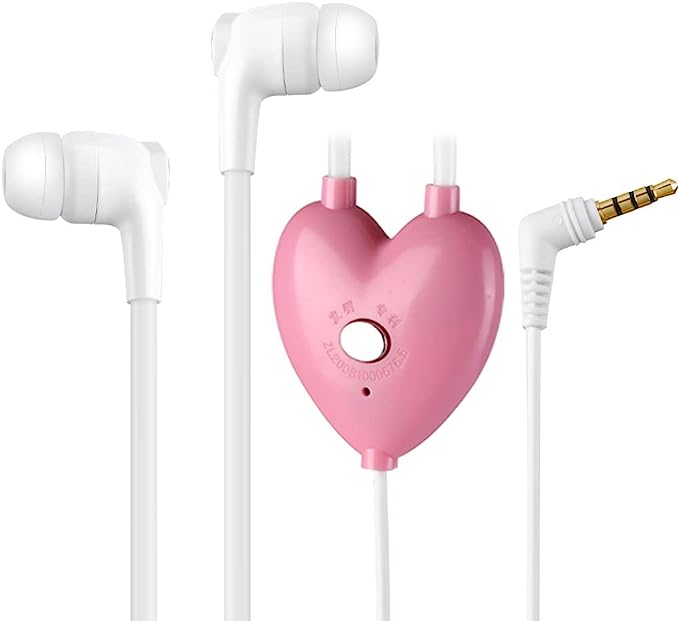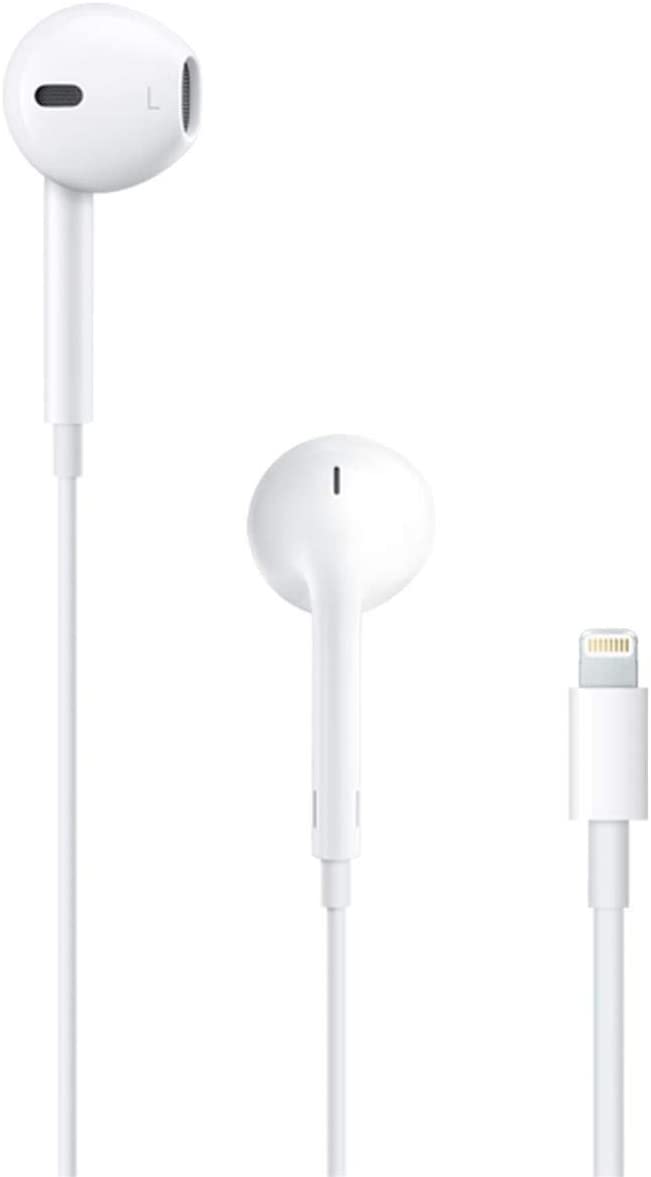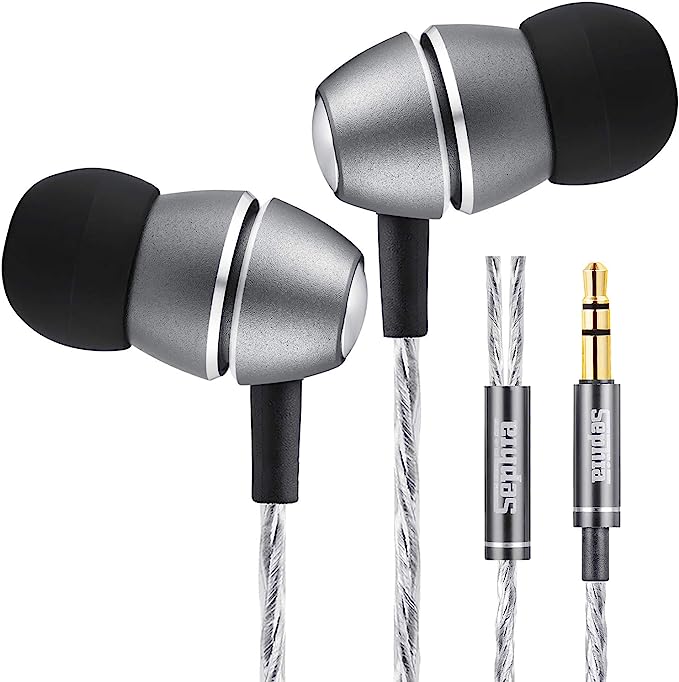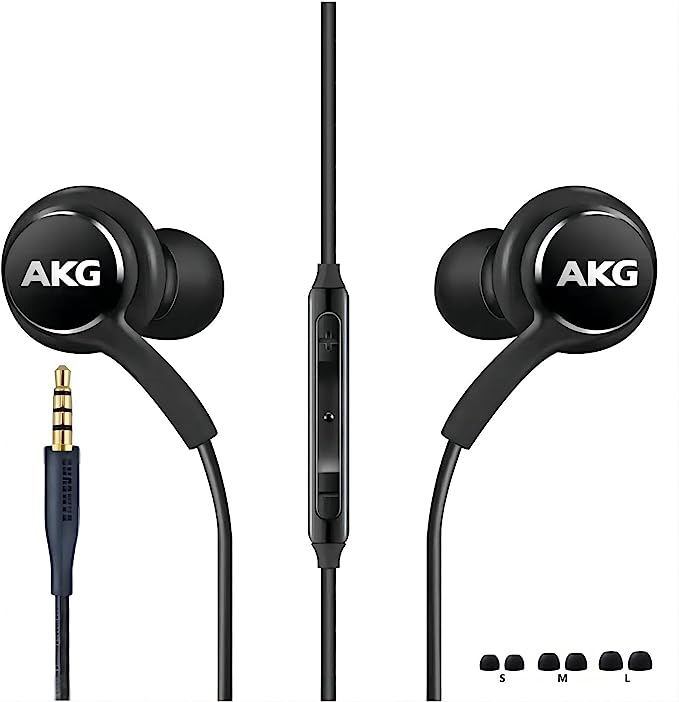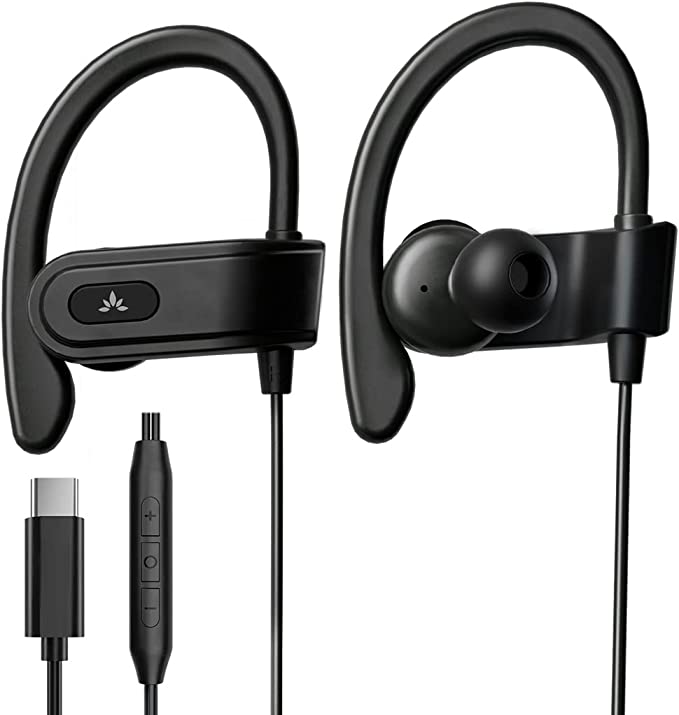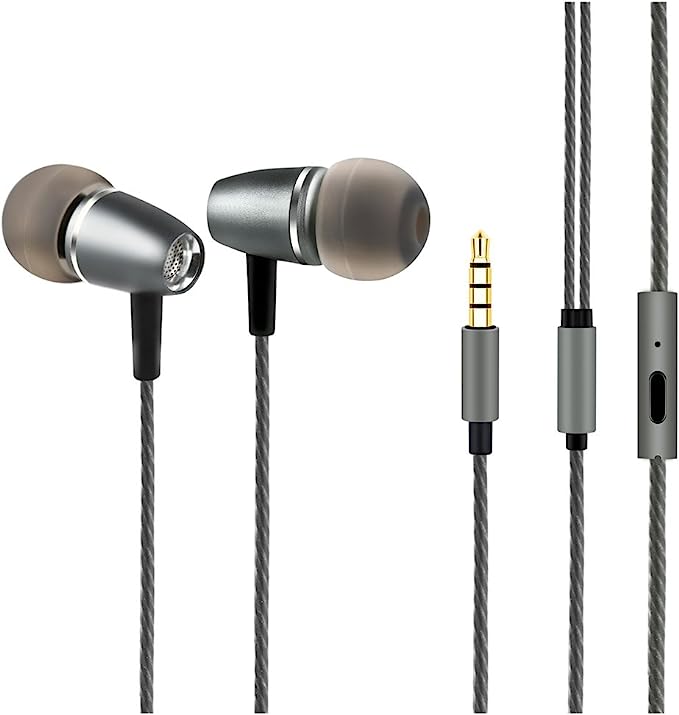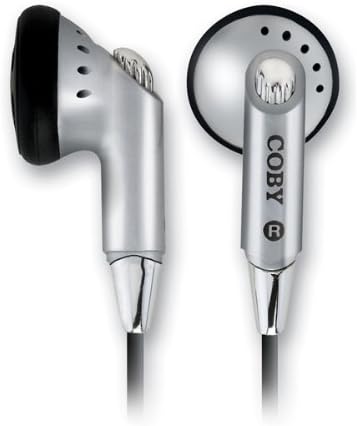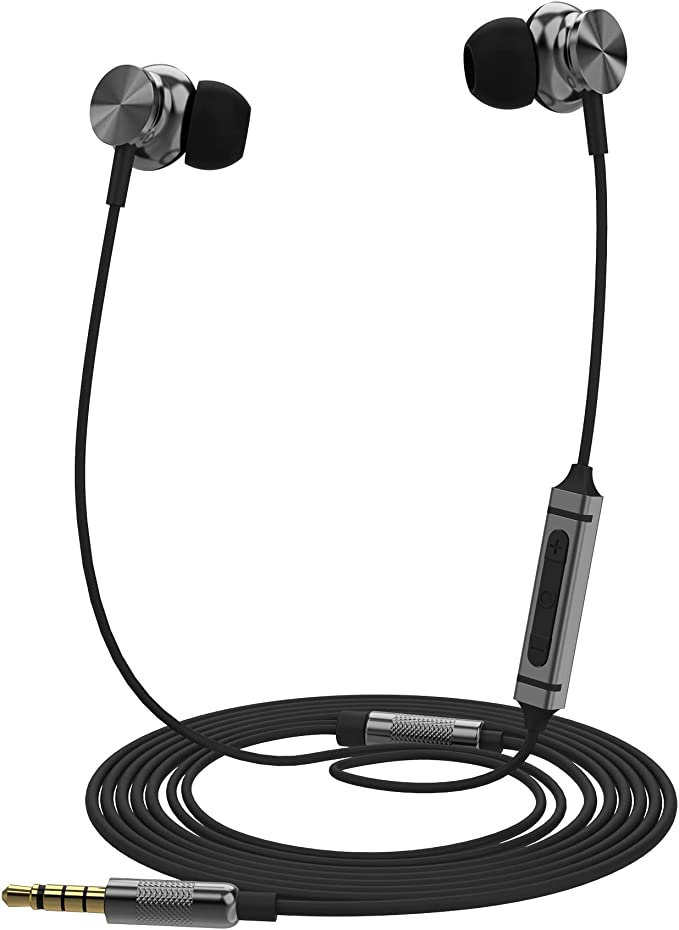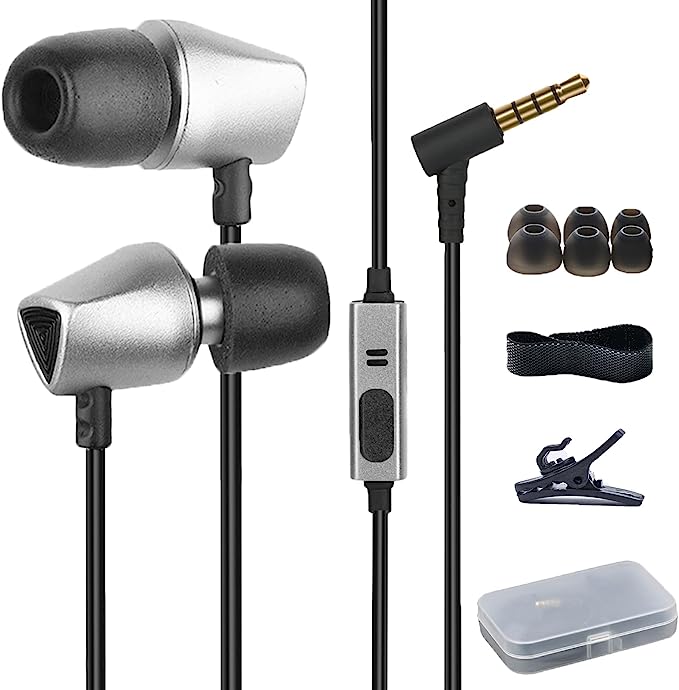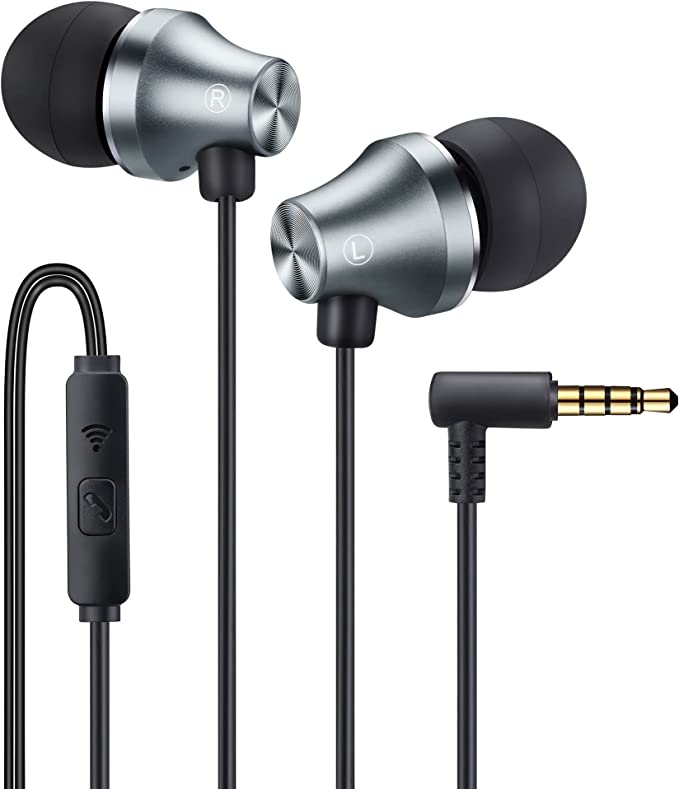The $11 Anomaly: Why a 10-Year-Old Wired Sony Earbud Is Still a Top Seller
Update on Nov. 14, 2025, 9:02 a.m.
In the fast-paced world of consumer electronics, a product’s life is usually measured in months. Yet, a peculiar anomaly dominates the “Earbud & In-Ear Headphones” best-seller lists. It’s the Sony MDR-EX15LP: a basic, wired earbud, first released around 2014, that costs a mere $10.99.
In an era of wireless charging, Bluetooth 5.3, and active noise cancellation, this product should not exist. It is a technological fossil. Yet it holds a 4.4-star rating from over 9,500 reviews and is designated as an “Amazon’s Choice.”
This isn’t a fluke. It’s a masterclass in value engineering and a powerful statement about what users actually want. The MDR-EX15LP thrives not in spite of its simplicity, but because of it. It’s a solution to the very problems that “modern” audio created.

The “Wired” Advantage: A Feature, Not a Flaw
For a specific and massive group of users, the wired 3.5mm jack isn’t an inconvenience; it’s the primary feature.
1. It Has No Battery (Debunking the Data)
Bafflingly, this product’s review summary page shows a “4.8 out of 5” for “Battery life.” Let’s be perfectly clear: This is a data classification error. The Sony MDR-EX15LP is a wired headphone. It has no battery. Its “battery life” is infinite, provided your playback device is charged. This is its single greatest strength. It is immune to the “low battery” anxiety that plagues every wireless user.
2. It Has No Pairing, Latency, or Interference
This earbud offers an “it just works” reliability that wireless technology can never promise. There is no Bluetooth pairing to fail, no audio codec to cause latency in videos, and no signal to drop in a crowded area. As one reviewer, a self-proclaimed “behind the times” user of a “decade old Sony MP3 player,” stated, “That means wired earbuds for me.” He represents a huge market of users with laptops, airline armrests, and portable music players who demand zero-fuss reliability.
The Only Spec That Matters: The Silicone Seal
The product’s entire “tech” sheet boils down to one feature: “3 Pairs of Silicone Ear Buds.” This is, without exaggeration, the most important engineering component of the product.
The 9,500+ user reviews are not praising a revolutionary driver (it’s a decade old); they are praising the consequences of a good physical seal.
- The “Noise Cancellation” Illusion: Reviewers rave that it “blocks out all reasonable levels of noise” and is “amazing for study sessions.” This isn’t active noise cancellation (ANC). This is passive noise isolation. The silicone tip, when sized correctly, creates a physical barrier that acts like a high-quality earplug, physically blocking outside sound.
- The “Great Sound” Secret: The 4.0-star “Bass quality” rating is also a direct result of this seal. Bass is a pressure wave. Without a sealed acoustic chamber, that low-frequency energy simply leaks out into the air, making music sound thin and tinny. By providing three sizes, Sony ensures users can create a tight seal, trapping that bass energy and delivering a “fantastic” sound that one user’s friend “was barely able to tell the difference” from his AirPods.

The $11 Trade-Off: Disposable by Design
If the sound is great and the isolation is solid, what’s the catch? The 9,544 reviews are equally clear on this point: durability.
As one long-time user, Jason, states: “I’ve probably been through about five or six pairs… they tend to last 3-12 months before needing to be replaced… one earbud will ‘go out’.” Another user, “gm,” echoes this: “they last about a year and then we need to buy another set.”
This is not a flaw. This is the core engineering trade-off.
To build a durable, Kevlar-reinforced cable (like the Shure MX153) would make this a $50 product. To build a robust, user-serviceable driver housing would make it a $100 product.
Sony engineered the MDR-EX15LP to hit a precise $11 price point. At that price, the thin, “tangle-free” cord is a consumable. It’s a victim of material fatigue—the microscopic, inevitable breaking of copper wires from being twisted and pulled.
This “flaw” is the secret to its success. It’s the pencil of the audio world. You don’t buy it as a lifetime investment; you buy it to use it to death. As one user proclaimed, “I beat these things to death.” You cannot do that with $250 Sony WF-1000XM5s. The $11 price tag makes the product “worry-free.” It can be dropped in coffee (as one user did), lost in a gym bag, or stolen by a cat.
Coda: The Perfect-Enough Product
The Sony MDR-EX15LP is a ghost. It haunts the modern, wireless world, a reminder that “progress” often means adding complexity, cost, and new points of failure (batteries, pairing).
This 10-year-old design endures because it is a “perfect-enough” product. It is an honest piece of engineering. It accepts its own mortality. It focuses only on the two things that matter in this price bracket: creating a good acoustic seal and being there when you plug it in.
For $11, it’s not a product you buy. It’s an audio subscription you renew once a year. And based on the sales charts, it’s one of the best deals in tech.

